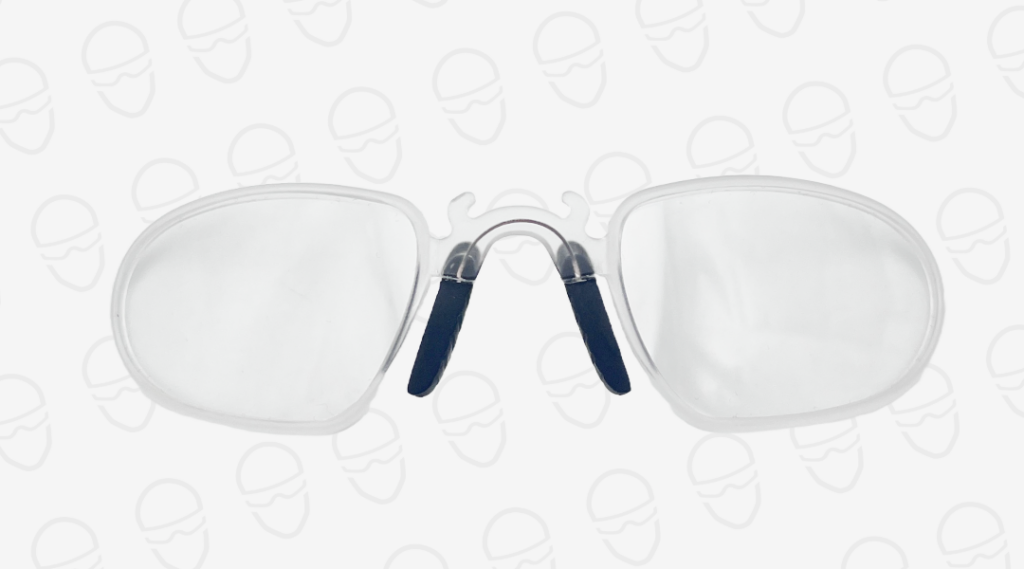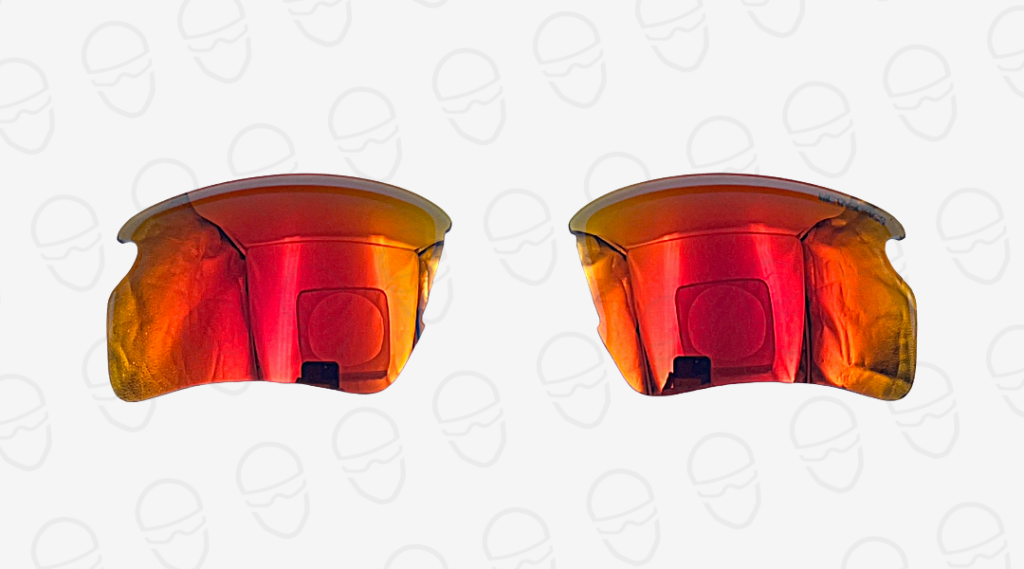Glasses are an integral part of an athlete’s kit, which is why it is essential to choose them carefully. Poorly adapted to your body shape or your sport, they will quickly become a constraint that will reduce your comfort and therefore your performance: you have understood, the choice of glasses is not just an aesthetic question (even if that counts…), it is above all a technical choice!
The first function they are asked to perform is to protect you from the elements. Of course, the sun, but also the rain and wind. Then, they must provide “mechanical” protection for the eyes and face against branches, dust, gravel and insects (cyclists who ride without glasses have not yet had the joy of getting a midge in their eye at 35 km/h… Great moment. So I’m not talking about gravel!). Finally, the most efficient ones will be able to significantly improve your performance: in fact, a well-adapted frame with lenses that perfectly match the requirements of your sport and the weather conditions will be a significant asset!
What are optical clips?
This is most certainly the best false good idea in terms of corrective sports glasses which unfortunately, is proposed by a good number of opticians. Indeed, if this solution looks like a good compromise on paper (economical and allows you to change the color of your lenses if the frame offers this functionality), on the field it is something else. Very quickly, you will be confronted with a certain number of inconveniences:
- Touching eyelashes: The optical clip is inserted at the back of the sunglasses, therefore closer to the eyes. Most of the time, you will have eyelashes touching the back of your corrective lenses… It’s almost unbearable!
- Slippery glasses: Glasses were designed to sit on the nose and ears in a certain balance. Putting an optical clip at the back requires the whole thing to move forward on the nose. The result is that the glasses are thrown forward and when you start to sweat, you will have to constantly pull them up… Imagine for a moment a mountain bike ride on rough terrain with this kind of equipment. If you still have your glasses at the bottom of the slope, you will have been very lucky!
- Overweight: And yes, we add the weight of the clip and the corrective lenses, which is around 60 to 80 grams.
- Water drops and fog: Winter sports are generally done in temperatures quite close to zero and it is not uncommon to take a little shower during a bike ride. Thus, stacking optical lenses with sun lenses will promote the creation of fog and given the space created to prevent the eyelashes from touching the lenses, the water drops will disrupt your vision.
- The optical clip follows the geometry of your glasses , so the corrective lenses that must be installed must also compensate for the geometry of the curve of your glasses. This point is almost never taken into account by your optician, so if you are not comfortable with your optical clip, it is a safe bet that the lenses were not custom made for your equipment.

In conclusion, if you are not too demanding about the performance of your glasses and the financial aspect is your only criterion, you can give it a try… But a pair of sports glasses with prescription is always too expensive if it ends up at the bottom of a drawer.
Are corrective lenses the best solution?
No matter what frame you have (rimmed, interchangeable lenses or single-screen), changing the original lenses for corrective lenses will bring you significant visual comfort during your practice times.
Unlike the optical clip, with corrective lenses you will not have the eyelashes touching, you will not have additional weight on the nose, you keep the geometry of your glasses and you have the possibility to personalize your lenses as you wish. Another advantage of corrective lenses concerns the optical field, unlike the optical clip which has a reduced optical field due to its size, with corrective lenses it is the entire lens that will be in your sight. You will therefore have a very wide optical field so as not to miss any detail.
So yes, it is an investment, but as with all major purchases that we consider making, the only good question to ask is “do I really need it?” If you are a cyclist who maxes out at less than 1000 km per year, the investment is certainly not justified, but if like many enthusiasts you go out very regularly throughout the year and you also practice other outdoor sports, then the answer is obvious. Cycling glasses with prescription are essential. Finally, know that if you have a small budget, there are always options to pay in installments…

Good to know: All so-called “sports” glasses are curved to follow the shape of the face; This therefore implies that, unlike your everyday optical glasses which are relatively flat, the geometry of sports glasses induces distortions also called “prismatic effects”. If these slight deformations are not corrected, they risk creating discomfort and when these glasses are equipped with corrective lenses, then it can quickly become unbearable! This is why all corrective sports glasses must be equipped with lenses made to measure for each frame. The lenses will thus take into account the angle of the frame’s face (curve), the vertical inclination of the face (pantoscopic angle) and in the best case, the distance between the eye and the lens. As you will have understood, curved lenses that do not take all these parameters into account are very likely not to be supported!
For more information:
If you want to know more, you can consult our other articles:






